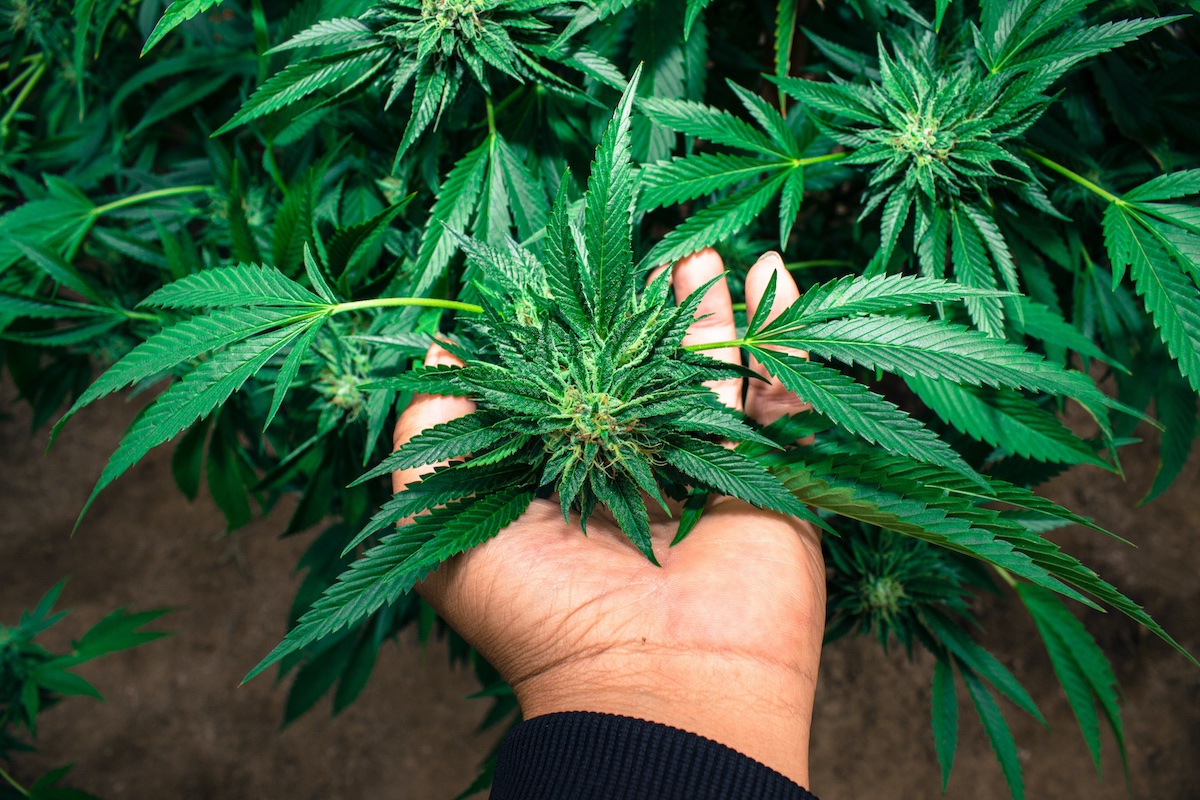- Fertilization in cannabis cultivation is not just about quantity; it's also about quality and precision. Understanding the plant’s specific nutritional needs is essential to avoid excesses that could be counterproductive.
- Providing more nutrients than necessary doesn’t always lead to better results. In fact, the phenomenon of "luxury consumption" can create imbalances that negatively affect both yield and plant health.
- A thoughtful and well-planned fertilization strategy can optimize plant growth while avoiding unnecessary costs. Sometimes, less fertilization can be more effective, ensuring both the quality of the final product and the economic efficiency of the cultivation

Fertilization in cannabis cultivation is both a science, focused on meeting the plant's nutritional needs, and an art, involving the precise application of nutrients. The primary nutrients absorbed by plants are nitrogen (N), phosphorus (P), and potassium (K). Given the importance of these three elements, most fertilization programs concentrate on supplying NPK. While other elements found in fertilizers are also essential, they are typically provided in consistent amounts.
Just like humans, plants require these macro and micronutrients to grow properly and achieve optimal yields. When developing a fertilization plan or selecting a pre-mixed fertilizer, it's crucial to understand what nutrients are being provided. It's equally important to choose a fertilizer dose that promotes growth without overdoing it, which not only optimizes plant health but also prevents waste.
The Phenomenon of "Luxury Consumption"
For growers, one of the primary goals should be to minimize nutrient inputs while still achieving optimal growth and yields. Extensive research conducted at North Carolina State University (NCSU) and Israel's Institute of Soil, Water, and Environmental Sciences has explored the effects of various fertilization rates on plant growth, nutrient uptake, and cannabinoid concentrations.
One of the key findings from this research is that cannabis can exhibit "luxury consumption" of several nutrients, including magnesium (Mg) and phosphorus (P). This phenomenon occurs when the plant absorbs more nutrients than it needs to complete its life cycle, leading to elevated concentrations in the leaf tissue.
Nitrogen (N), potassium (K), phosphorus (P), and magnesium (Mg) are mobile elements within the plant, meaning they can move from one part of the plant to another to meet the needs of developing areas when availability is limited. Plants tend to accumulate these elements in the lower leaves and then transfer them to new foliage or floral material to support growth.
Research at NCSU, which examined various phosphorus (P) fertilization rates (ranging from 15 to 180 ppm), found that there was no increase in total bud weight or plant growth when the phosphorus rate exceeded 15 ppm, despite higher phosphorus concentrations in the leaf tissue.
Similar results were observed in studies on magnesium (Mg), where fertilization rates ranged from 0 to 100 ppm. There were no increases in plant growth or cannabinoid concentrations when magnesium rates exceeded 50-75 ppm, even though magnesium concentrations in leaf tissue continued to rise.
These studies suggest that while the plant continues to absorb available nutrients, this uptake does not necessarily lead to increased yields or higher cannabinoid concentrations.

Nutrient Antagonisms: The Consequences of Luxury Consumption
Moreover, "luxury consumption" can lead to nutrient antagonisms. Fertilizers deliver nutrients in pairs to balance their charges, such as potassium (K+) or calcium (Ca2+) and nitrate (NO3-). When a nutrient is applied in excess, antagonism can occur, preventing another nutrient from being absorbed, even if it's present in the fertilizer.
This phenomenon is common with most macronutrients; for example, an excess accumulation of phosphorus (P) could lead to an iron (Fe) deficiency, even if phosphorus toxicity isn't observed.
Another example is the balance between potassium (K), calcium (Ca), and magnesium (Mg), where a 4:2:1 ratio is recommended to avoid antagonisms. If calcium concentrations are too high, magnesium deficiency can occur, even when magnesium fertilization rates are adequate.
Less Is More
Planning fertilizer formulations and fertigation rates is a balancing act. As a grower, you must provide the essential elements the plant needs to complete its life cycle while ensuring that you don't encourage "luxury consumption," which could inhibit the absorption of other critical nutrients.
Reducing fertilization to meet the plant's actual needs, without promoting excessive nutrient consumption, not only prevents potential health issues in the plant but also reduces fertilizer costs, leading to significant savings.
----
Source: Patrick Veazie, Brian E. Whipker (Department of Horticultural Science, North Carolina State University) and Paul Cockson (Department of Plant and Soil Sciences, University of Kentucky)



Comments from our readers
There are no comments yet. Would you like to be the first?
Leave a comment!Did you like this post?
Your opinion about our seeds is very important to us and can help other users a lot (your email address won't be made public).